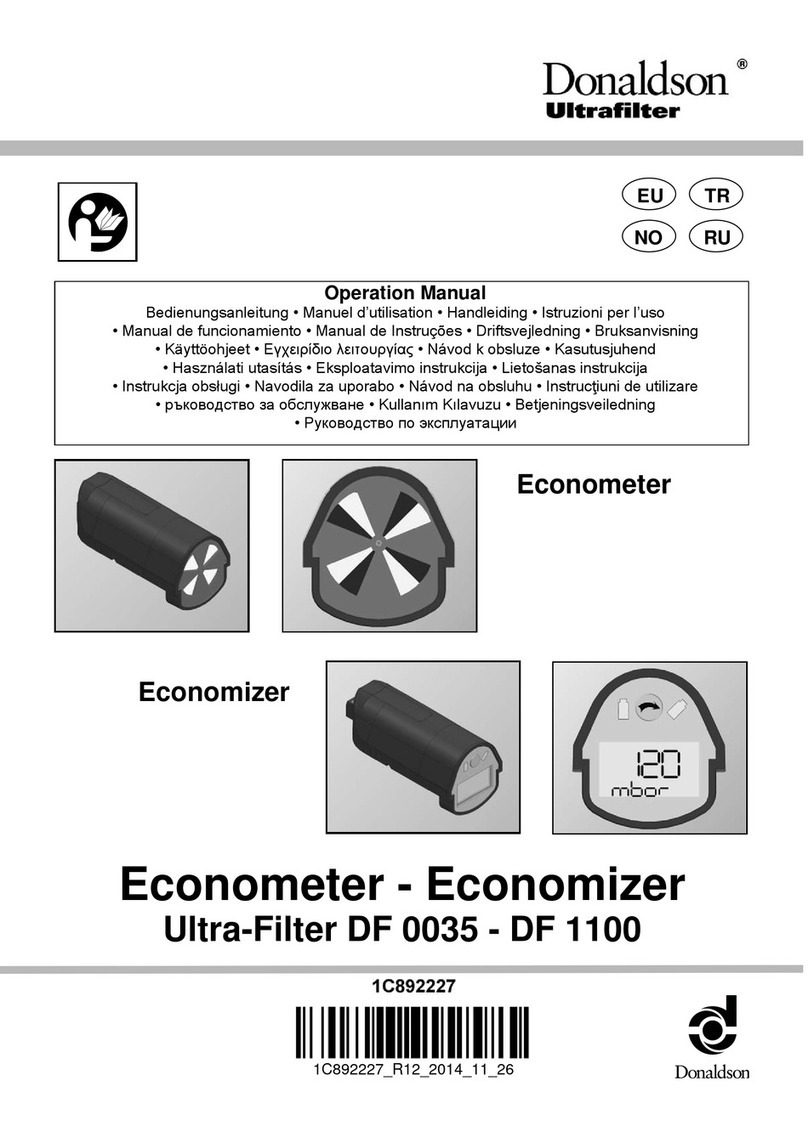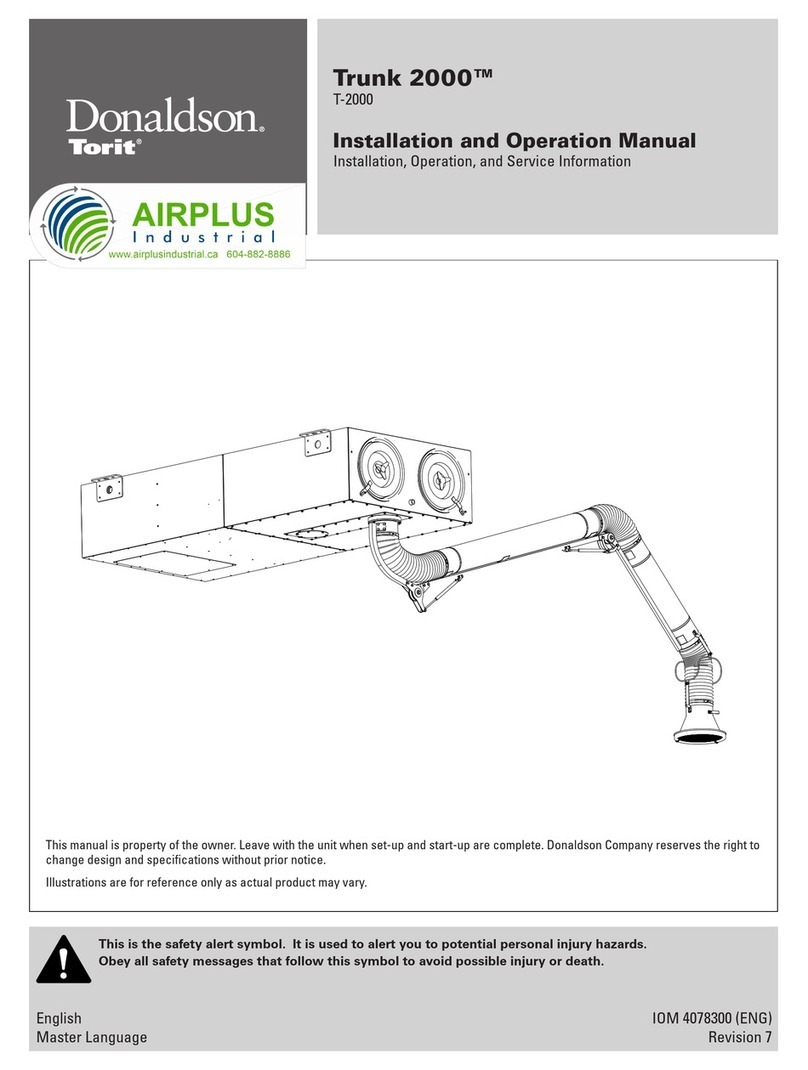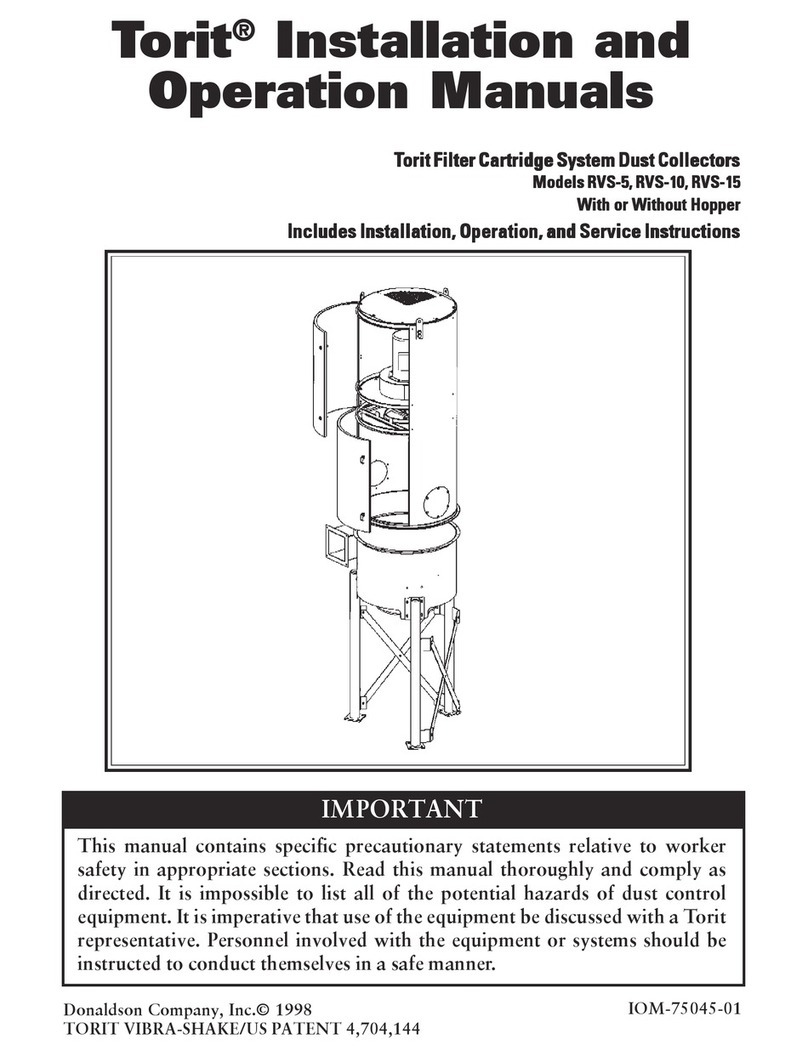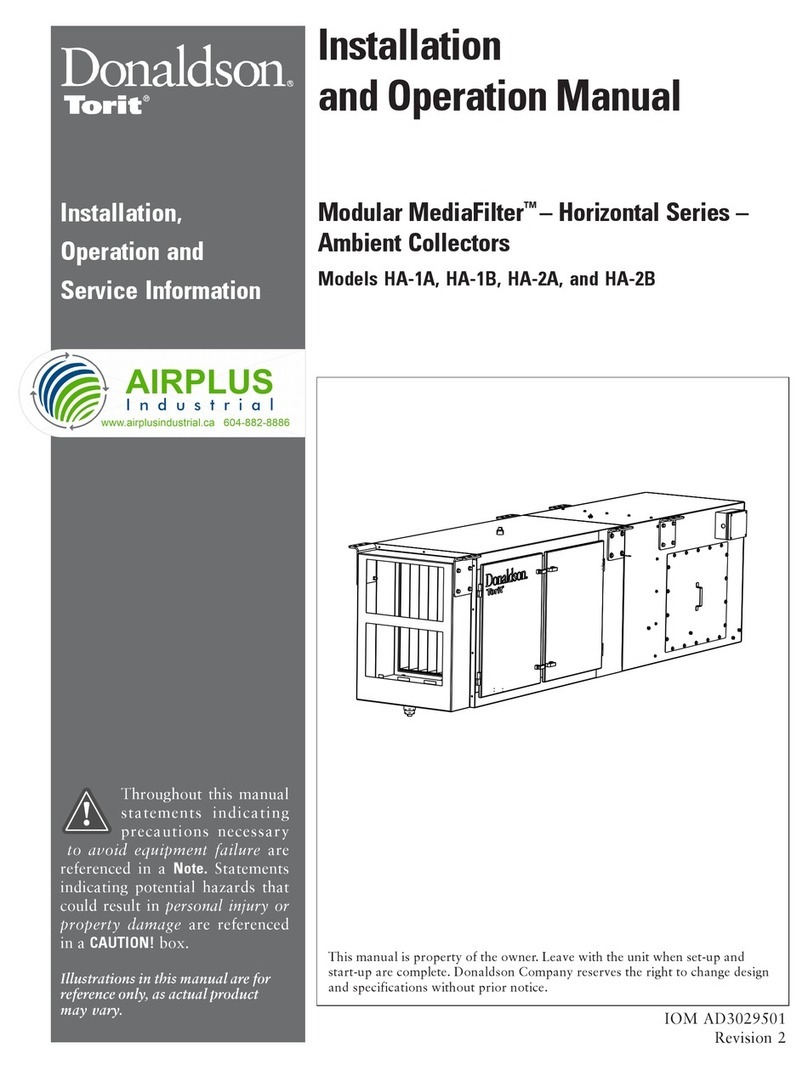Safety Instructions
Important safety notes
Concerning symbols used on the extraction unit and referred
to within this manual.
Danger
Refers to an immediately impending danger. If the danger is
not avoided, it could result in death or severe (crippling)
injury. Please consult the manual when this symbol is
displayed.
Warning
Refers to a possibly dangerous situation. If not avoided it
could result in death or severe injury. Please consult the
manual when this symbol is displayed.
Caution
Refers to a possibly harmful situation. If not avoided,
damage could be caused to the product or something in its
environment.
Important (Refer to manual)
Refers to handling tip and other particularly useful
information. This does not signify a dangerous or harmful
situation. Refer to manual when this symbol is displayed.
Electrical Safety
The unit has been designed to meet the Essential Health
and Safety Requirements of the Machinery Directive
2006/42/EC.
Warning
When working with the pump/motor housing open, Live
230/115 volt mains components are accessible. Ensure that
the rules and regulations for work on live components are
always observed.
Important
To reduce the risk of fire, electric shock or injury:
1. Always isolate the system from the mains power
supply before removing the pump/motor access
panel.
2. Use only as described in this manual.
3. Connect the system to a properly grounded outlet.
Dangers to eyes, breathing and skin
Once used, the filters within the system may contain a
mixture of particulates, some of which may be sub-micron
size. When the used filters are moved it may agitate some of
this particulate, which could get into the breathing zone and
eyes of the operative. Additionally, depending on the
materials being lasered, the particulate may be an irritant to
the skin.
This unit should not be used on processes with sparks of
flammable materials or with explosive dusts and gases,
without implementation of additional precautions.
Caution: When changing used filters always wear a mask,
safety shoes, goggles and gloves.
Carbon selection
Please note that the media within the gas filter fitted in the
filter is capable of adsorbing a wide range of organic
compounds. However, it is the responsibility of the user to
ensure it is suitable for the particular application it is being
used on.
Intended use
This equipment has been designed to extract and filter fume
from a variety of applications. However it is the users
responsibility to ensure the equipment is installed correctly
and is suitable for the application.
This machine must not be used on wet applications or acidic
fumes.
BOFA Technical Service
If a problem arises with your system, or if it displays a fault
code, please refer to the troubleshooting guide section 8of
this manual. If the problem is still not resolved, please:
•Visit our website at
www.bofainternational.com for on-line help.
•Or contact the helpline on
•+44 (0) 1202 699 444,
Mon-Fri, 9am-5pm.


































